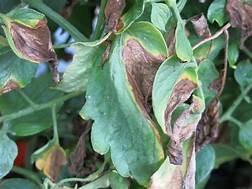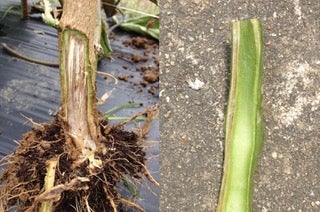Master Gardeners: Southern bacterial wilt causing problem in vegetables
Published 12:03 am Saturday, June 5, 2021
|
Getting your Trinity Audio player ready...
|
By Johnny Morgan
LSU Ag Center
Weeks of wet weather in Louisiana and SE Texas has led to damage from one of the most serious diseases of crops such as tomatoes, eggplant and bell peppers.
LSU AgCenter plant doctor Raj Singh said the disease is called southern bacterial wilt and is caused by the soil-borne bacterium Ralstonia solanacearum.
“In addition to solanaceous vegetables, the bacterium can cause disease in a wide range of ornamentals,” Singh said. “The pathogen is spread within fields by the movement of infested soil, in surface water and though the handling of infected plants.”
Infected plants rapidly wilt due to loss of turgidity of leaves and stems, giving the plants a limp appearance.
Initially, these plants may recover overnight, but as the disease develops, rapid drying of the foliage occurs leading to permanent wilting and death of the plant.
Brown, sunken cankers are often visible at the base of the plant near the soil line. Symptomatic plants exhibit discoloration of the vascular system and the pith.
Managing southern bacterial wilt in soils previously infected with the bacterium presents a real challenge.
“There are no effective chemicals registered for commercial as well as home growers,” Singh said.
Disease prevention is the key to reducing the spread to non-infected sites. Soil fumigation may reduce the incidence of the disease early in the season, but it has not provided long-term control.
Soil solarization of contaminated fields during summer may also help reduce the initial population of bacterium in the soil.
Cultural management of southern bacterial wilt includes avoiding planting susceptible crops in infested fields, planting on raised beds, avoiding late plantings of tomatoes in areas known to be infested and using long-term rotations with non-host crops such as corn, beans and cabbage.
Commercial as well as home growers must follow good sanitation practices to reduce the spread of the disease including avoiding movement of infested soils, avoiding the movement of stakes from known infested sites to new sites and proper cleaning of tools.
“There are no commercially available resistant or tolerant varieties that we can recommend,” Singh said.








